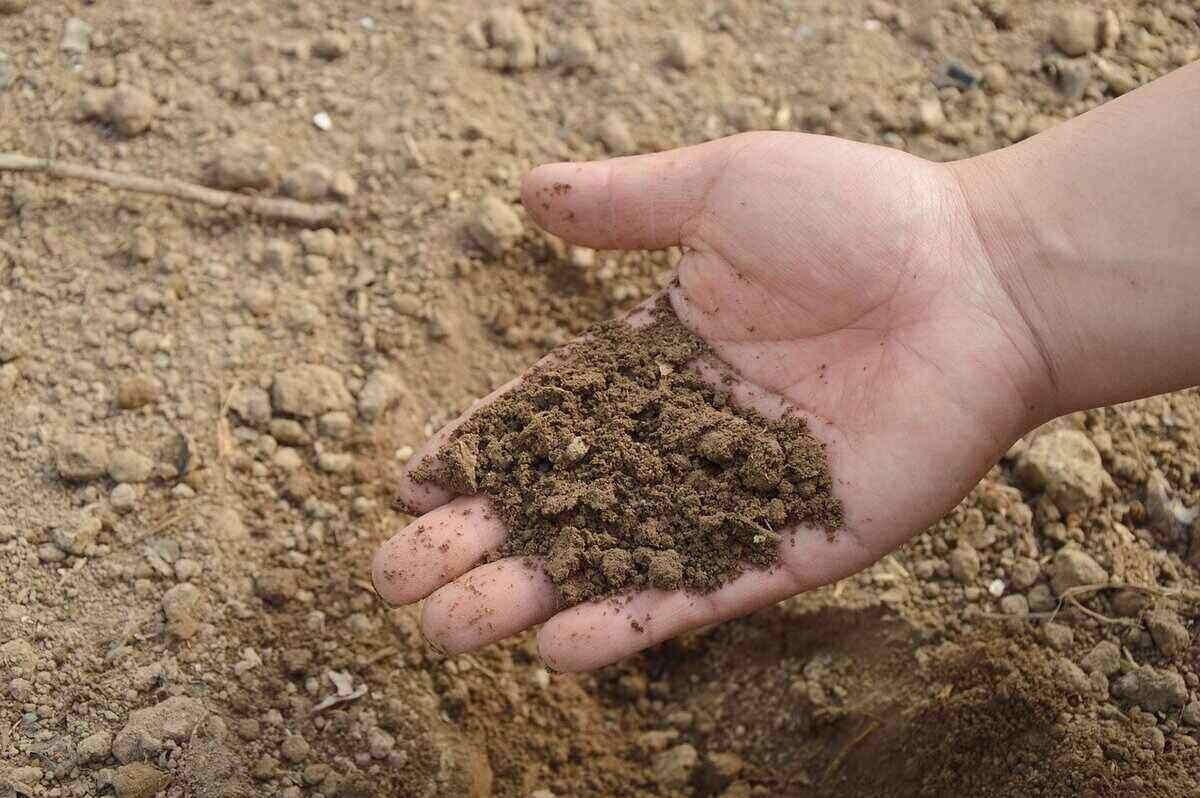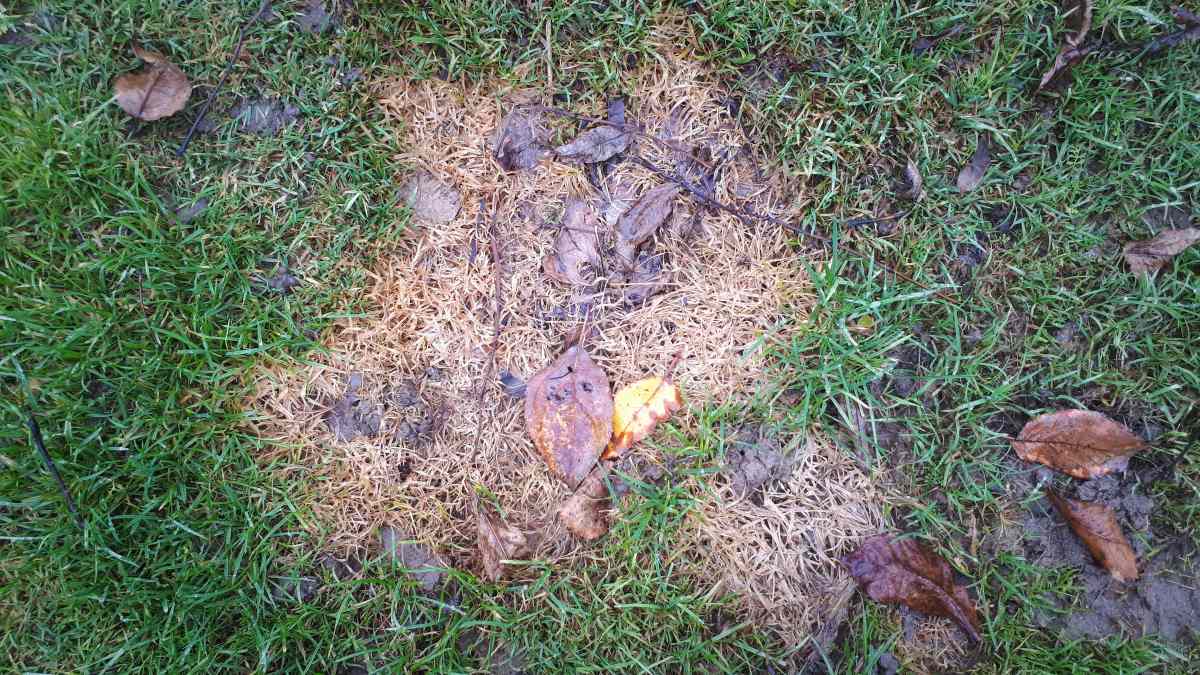
To get rid of lawn gnats, eliminate their breeding grounds. Standing water, compost piles, decaying leaves, and moist soil conditions attract gnats to lay their eggs. Keep your lawn clean and well-drained to avoid this.
Then, hit them with natural remedies, insecticides, or natural predators. You might need to combine these methods for more effective results.
In this article, you’ll learn about every feasible solution to toss out your lawn gnat problem for good. Also, we’ll cover precautionary measures to prevent infestations and some common characteristics of gnats. However, if you’re unsure whether you’re dealing with gnats or other lawn pests, check out our master guides on:
- Common Insect Pests Damaging Your Lawn
- Summer Lawn Pests and How to Get Rid of Them
- Integrated Pest Management for the Lawn
- How to Get Rid of Mosquitoes in Your Yard
What Are Lawn Gnats?

Lawn gnats, also known as fungus gnats (Orfelia and Bradysia species), are small, delicate flies about one-eighth inch long. They spend most of their lives in the larval and pupal states, inhabiting the soil where they can find food.
Remember, targeting these stages, especially the larvae (white with shiny black heads) that are most destructive to grass, is essential in getting rid of a gnat infestation.
Gnats are tiny and come in colors ranging from dark brown to black, with long legs resembling mosquitoes. Unlike their bloodsucking counterparts, though, adult gnats feed on nectar and don’t bite people or pets.
How to Eliminate Lawn Gnats
When you see clouds of little flying insects on your lawn, that’s probably the first sign of a gnat issue. Keep in mind that gnat larvae tend to feed on organic matter. Any areas regularly exposed to moisture or where plant debris gathers have the potential to become gnat breeding grounds.
With this knowledge at hand, you can:
- Reduce moisture
- Remove organic and other debris
- Use biological gnat controls
- Apply suitable insecticides (only if necessary)
Reduce Moisture

Gnats require a moist environment to breed and survive. Controlling moisture is the first step in gnat management:
- Overwatering creates wet conditions that gnats love. Balance watering practices according to the weather and type of grass soil. Allow the soil to dry out between waterings.
- Improve drainage in areas where water tends to pool or collect. Slope the ground so the water goes away from these areas, or install French drains if necessary. Sand amendments to your soil, especially if you’re dealing with heavy clay soil, can also speed up drainage.
- Clean out clogged gutters and downspouts that may be causing water to accumulate.
- Fix any leaky outdoor faucets, pipes, or irrigation systems.
- Remove sources of standing water like bird baths, pet water bowls, or clogged drains.
Remove Organic Matter and Other Debris

Decaying organic material attracts gnats and provides food for their larvae, so clear it out:
- Regularly clear up fallen leaves, grass clippings, or plant debris from your lawn. Thanks to their high humidity and organic content, these offer a perfect breeding ground for gnats. Dispose of this material in sealed bags to prevent further breeding.
- Avoid having a compost pile near your home or yard. Pro tips: If you must have one, turn it regularly to discourage gnats from laying eggs.
- Keep your lawn mowed regularly. Tall grass creates moist conditions that attract gnats.
Use Biological Gnat Controls

Photo Credit: SprocketRocket / Wikimedia Commons / CC0
Once you’ve removed gnat breeding sites but still can’t get rid of them, try bringing in some natural enemies. These friendly “biological control agents” either gobble up gnats or infect them with diseases, helping tackle the problem in a natural and effective way.
Some of these natural allies recommended for gnat control include:
- Nematodes: Tiny roundworms enter gnat larvae and release bacteria that kill their host within 48 to 72 hours. Apply nematodes to moist soil.
- Bacillus thuringiensis (BT): This naturally occurring bacteria is toxic to gnat larvae but safe for humans and pets. Look for products containing BTI that are suitable for lawn application.
- Diatomaceous Earth (DE): DE can help control fungus gnats and other lawn pests by damaging their outer protective layers, which causes them to die. It’s particularly effective against larvae.
See Related:
- What Is Organic Pest Control?
- Beneficial Nematodes: Where to Buy Them and How to Use Them
- How to Use Diatomaceous Earth for Lawn Pest Control
- Natural Pest Control for Your Lawn That Works (Hint: They’re Not Homemade Recipes)
Apply Suitable Insecticides (Only If Necessary)

Synthetic insecticides should be your last resort. It’s better to prevent gnat breeding instead of attacking them with chemicals after they have infested your lawn. If needed, choose a product labeled for outdoor use specifically targeted at gnats.
*Notes:
- Insecticides usually only kill adult gnats and may not be effective against larvae. Always follow the directions in the manufacturer’s guide when you use an insecticide or consult with a pest control professional.
- They provide quick relief but only on a short-term basis. Some insects may develop resistance if you solely rely on these agents for long periods.
- Synthetic insecticides can harm beneficial insects and pollute the environment if not used properly.
Pro Tip: Products like pyrethrin, permethrin, or bifenthrin can be quite effective for gnats or other lawn pest control.
Alternatives For Lawn Gnats Control

Photo Credit: Pixabay
Trapping adult gnats can help reduce their population and prevent further breeding:
- Yellow Sticky Traps: These can reduce adult gnats, but they won’t affect larvae. Just hang or place them around your lawn’s infested areas.
- Apple Cider Vinegar Traps: Placing bowls filled with apple cider vinegar and dish soap in your yard attracts gnats, who then drown in the liquid.
- Neem or Citronella Oil: Both these oils can repel gnats. Mix a few drops of one of these essential oils with water and spray it on your patio, lawn furniture, and other outdoor areas to keep gnats away.
*Note: The above gnat control alternatives won’t get rid of gnats on their own, but they’re helpful in combination with other methods to monitor the severity of your gnat problem.
How to Prevent a Gnat Infestation
Usually, a well-maintained lawn is less likely to face a gnat infestation. However, the areas and plants around your lawn could still serve as potential breeding grounds for gnats. So, it’s essential to be vigilant and implement preventive measures broadly in the surrounding environment too.
Here are a few tips for preventing gnat infestations:
- Regular Maintenance: Consistent mowing, watering, and aerating can maintain optimal plant health and prevent excess moisture, which gnats crave.
- Regularly Clean Garden Tools: Garden tools can sometimes transport gnat eggs or larvae from one plant to another. Always wash your garden tools after each use and occasionally give them a thorough cleaning using a combination of water and vinegar solution.
- Proper Fertilization: Well-nourished grass has a better chance of resisting damage from gnats. Avoid over-fertilizing, though, because surplus nutrients can attract gnats and other pests.
- Trimming Plants: Regularly trim plants near your lawn and clear away any falling leaves or overgrowth as soon as possible. This reduces the chances of creating gnat-friendly habitats.
- Landscape Management: Plants that require a lot of water should be planted further away from the home. Plus, choose a grass type and plants well-suited to your local climate and soil conditions to reduce stress and susceptibility to pests.
- Landscape Lighting: Gnat swarm activity often increases at dusk, as they are highly attracted to lights. Reduce outdoor lighting near your lawn or change bulbs to sodium vapor lamps, which attract fewer insects.
FAQ About Getting Rid of Lawn Gnats
What kills gnats instantly?
Many commercial chemical sprays kill adult gnats instantly on contact. But for a more natural approach, you could create your mixture with water and mild dish soap. This will suffocate the gnats. Make sure to spray it directly onto the flies.
How do I get rid of indoor gnats?
To get rid of indoor gnats, start by eliminating any overwatered houseplants, cleaning drains and garbage disposals where organic matter might accumulate, taking care of all dirty dishes immediately, and thoroughly cleaning the kitchen and bathrooms to remove any food or moisture sources.
You can also try vinegar traps or flypaper to catch remaining adult gnats.
Why do flies hang around grass?
In outdoor environments like lawns, gnats can hatch in large numbers if conditions allow – namely, warm temperatures and moisture present in the soil or organic debris. So, if flies are hanging around your grass, it could be due to overwatering or the presence of pet waste, fallen fruit, or decaying plant matter.
Seek Professional Pest Control
While home remedies and consistent lawn maintenance are great ways to manage minor gnat issues, severe infestations may need professional intervention. If your lawn is overwhelmed by pests, LawnStarter can connect you to a local professional. An expert can efficiently get rid of gnats and prevent future invasions.
Main Photo Credit: John Tann from Sydney, Australia / Wikimedia Commons / CC BY 2.0




